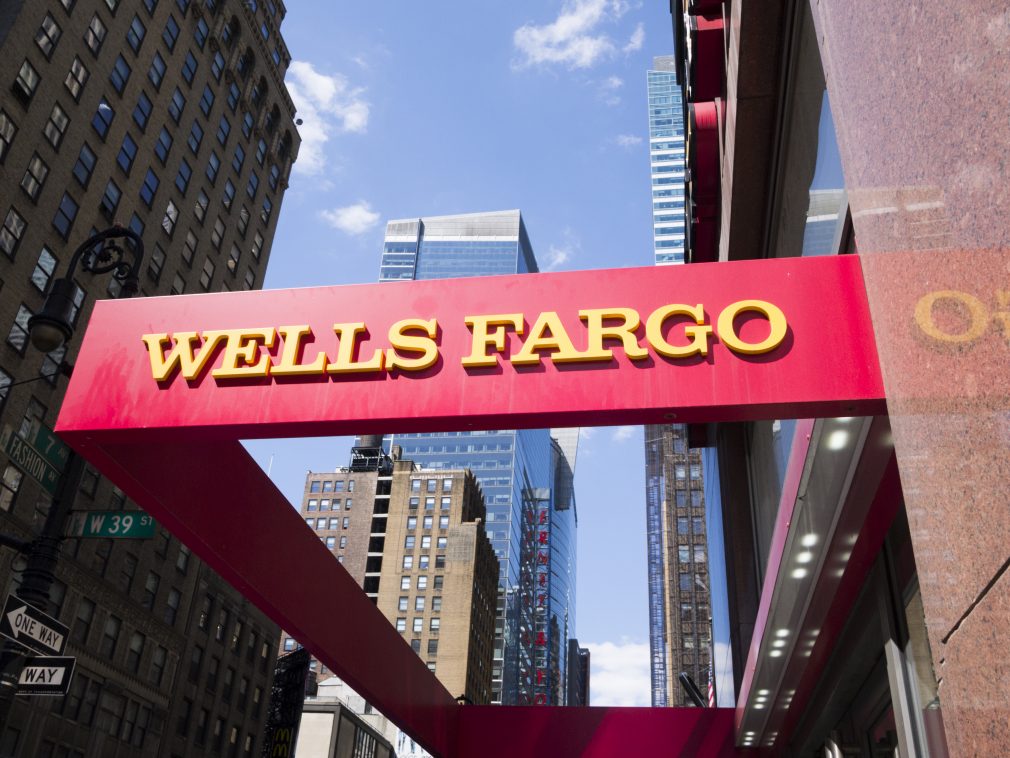Wells Fargo, the nation’s largest bank mortgage lender, on Friday tapped Charles Scharf, chairman and CEO of Bank of New York Mellon, as its new chief executive after a six-month search.
The San Francisco-based bank was under pressure from Congress and regulators to find an outside executive to address “its inability to execute effective corporate governance,” as the Office of the Comptroller of the Currency put it in a March statement.
As if to accentuate his outsider status, Scharf, the former CEO of Visa and a former JPMorgan Chase top executive once seen as a successor to its famed CEO Jamie Dimon, will continue to reside in New York.
Scharf, 54, takes the helm of the bank as it labors under orders from key regulators, including the Federal Reserve and the OCC. Wells Fargo paid a $185 million fine in 2016 for opening millions of fake accounts to meet sales quotas.
“I am committed to fully engaging with all of our stakeholders including regulators, customers, elected officials, investors, and communities,” Scharf said in a statement on Friday. C. Allen Parker, the company’s general counsel appointed by the board of directors in March to be its interim CEO, will remain at Wells Fargo.
“I know we will work closely together as we move forward,” Scharf said, referring to Parker.
Scharf’s base salary will be $2.5 million a year, with a bonus ranging from 200% to 300% of his salary plus a 2019 cash incentive of $5 million, according to a regulatory filing. Scharf is also eligible for stock awards and other long-term forms of compensation, the filing said.
Wells Fargo’s former CEO, Tim Sloan, stepped down in March after a disastrous performance during a four-hour hearing in Congress. An hour after Sloan finished testifying before the House Financial Services Committee, the OCC issued a rare public rebuke.
“We continue to be disappointed with Wells Fargo Bank N.A.’s performance under our consent orders and its inability to execute effective corporate governance and a successful risk-management program,” the OCC said in a statement sent to reporters.
Sloan replaced John Stumpf as CEO in October 2016. Both had been at the company for three decades and were seen as responsible for the corporate culture that led to the fake-account debacle as well as other scandals. When Sloan stepped down in March, the bank had just raised his pay 5% to $18.4 million based on what it saw as his exemplary performance in 2018.





